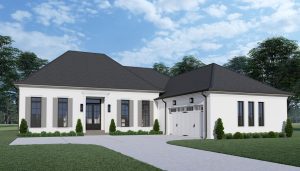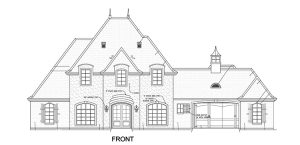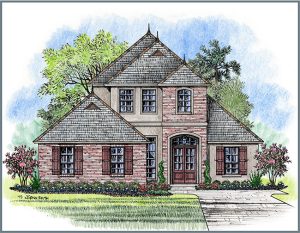Dana Wade the New FHA Commissioner
 The Senate announced the replacement of the Federal Housing Administration commissioner Brian Montgomery will be Dana Wade. President Trump nominated Dana Wade this February. Wade previously was the acting FHA commissioner from July 2017 to June 2018 and then became the program associate director for general government at the Office of Management and Budget from December 2018 to December 2019.
The Senate announced the replacement of the Federal Housing Administration commissioner Brian Montgomery will be Dana Wade. President Trump nominated Dana Wade this February. Wade previously was the acting FHA commissioner from July 2017 to June 2018 and then became the program associate director for general government at the Office of Management and Budget from December 2018 to December 2019.
“I believe that FHA has a duty to support the nation’s housing markets and homeowners facing economic hardship,” Wade said during her Senate testimony in May. “While the virus will pass and the economy will eventually regain its previous strength, the road to recovery will require our sustained effort.”
Her top priorities as the FHA commissioner “would include protecting current FHA homeowners and fully deploying FHA’s loss mitigation toolkit for COVID-affected homeowners; ensuring that FHA has the necessary staffing and other resources, as well as continuing the innovative FHA IT Modernization effort; and vigilantly monitoring risk to taxpayers of losses stemming from COVID-19 and protecting FHA’s capital reserve to the maximum extent possible.”
Wade was praised for her Senate testimony. HUD Secretary Ben Carson congratulated her for her confirmation and shared that he believes she “has been a tremendous asset to the Department and the Administration throughout her years of service, and I have full confidence in her ability to successfully lead FHA.”
Click Here For the Source of the Information.

 Homebuyers are eager to purchase because of the record-low mortgage rates. The month of May brought the largest monthly gain ever recorded, and this month the rise in pending home sales is back up to pre-pandemic levels.
Homebuyers are eager to purchase because of the record-low mortgage rates. The month of May brought the largest monthly gain ever recorded, and this month the rise in pending home sales is back up to pre-pandemic levels.
 Department
Department Builder confidence has caught back up to the pre-pandemic level as of July. The housing market is in the lead to the U.S. economic recovery. According to the latest NAHB/Wells Fargo Housing Market Index (HMI) newly-built single-family homes rose from 14 points to 72 points in July.
Builder confidence has caught back up to the pre-pandemic level as of July. The housing market is in the lead to the U.S. economic recovery. According to the latest NAHB/Wells Fargo Housing Market Index (HMI) newly-built single-family homes rose from 14 points to 72 points in July.